Israel is a country with the advantage of hosting a large number of species on a small area. It is ideal for short herpetological trips. And the country is home to several mythical species… So here we are on the road for a short journey of a week!

Team Israel 2019
Tel-Aviv surrounding
After some adventures to get our visa (my previous trip to Iran has led some additional control procedures), we are finally on the road to reach a first spot near Tel Aviv. Our first target is “simply” Daboia palaestinae, the largest viper in the country, and widely distributed in the northern half of the country. Night falls quickly when we begin our prospection, and the first reptiles are observed, including Mediodactylus kotschyi, Stenodactylus sthenodactylus, Chalcides sepsoides, or Lytorhynchus diadema (which we will then see almost every day!), But also a Macroprotodon cucullatus hunting. The environment is sandy, and many traces show a strong activity in reptiles (turtles, snakes and lizards). Finally, a last trace fresh before going to bed allows us to observe a magnificent male Daboia palaestinae! First prospection, and first magic meeting …
When we wake up, some Acanthodactylus schreiberi and Laudakia stellio watch us dismount the bivouac site. It’s time to reach the south of the country!

Daboia paleastinae
North of Negev
We are on our way to the dune desert of northern Negev. This area is home to two vipers in the country: Cerastes cerastes and Cerastes vipera. The area also seems to be home to a large population of our “Grail”: the desert monitor, Varanus griseus, which we have try to photograph for many years. Our surveys under the overwhelming heat quickly confirm it: there are tracks everywhere!
But unfortunately, impossible to observe an active animal, and the night falls quickly. Night that allows us to easily observe many species of reptiles: Lytorhynchus diadema, Stenodactylus sthenodactylus, Stenodactylus petrii. Above all, we find a first Cerastes vipera, and a young Cerastes cerastes with extraordinary colors (what a blue!). The observations of a desert hedgehog, and especially a striped hyena Hyaena hyaena (who will follow one of us for several hundred meters!) will punctuate an unforgettable evening.
In the morning, Acanthodactylus aegyptius and Acanthodactylus scutellatus, Chamaeleo chamaeleon and the rare (but not shy!) Trapelus savignii are observed, but still no Varanus griseus … Again, we will miss!
We leave for the rest of the trip. On the road, a Walterinnesia aegyptia is sadly dead…

Cerastes cerastes
Dead sea
A trip to Israel without a visit to the Dead Sea seems hardly conceivable. So we leave for the mountains of Judea. No vipers here (Echis coloratus is certainly abundant), but other equally interesting species are waiting for us: the tiny Tropiocolotes nattereri, Stenodactylus sthenodactylus, Ptyodactylus guttatus and his special fingers, but also the elegant Telescopus dhara, and last but not least, two Atractaspis engaddensis! This very powerful venomous snake has a very particular morphological characteristic. It can poison prey or predator with its hooks without opening the mouth. The hook is long and comes out on one side of the jaws. Here is a snake that stings but does not bite (for once, the expression is right!). On the way we also meet a Rüppell’s fox (Vulpes rueppellii).
The next morning, some lizards complete our observations: Hemidacylus turcicus, Chalcides ocellatus, Mesalina bahaeldini, Laudakia stellio.
Ps: we confirm, in the dead sea … we float!

Atractaspis engaddensis
Center of Negev
The trip continues to the south of the country. Our goal is to observe Pseudocerastes fieldi, the last species of the genus after Pseudocerastes urarachnoides and persicus observed in Iran. The target spot is a beautiful desert of sand and stones that seems very favorable to the species. Again, several species of reptiles are quickly observed: Tropiocolotes nattereri, Acanthodactylus boskanius (or Acanthodactylus opheodurus), Stenodactylus sthenodactylus, Ptyodactylus guttatus, and still Lytorhynchus diadema. Unfortunately, the long nocturnal walk does not allow to observe Pseudocerastes fieldi. The next morning, we get up at dawn to surprise some reptiles in sunbath (suspicious traces let us think of Scincus scincus …). But it is a fresh trace of Pseudocerastes fieldi that we finally find! Going back tirelessly, we end up finding the animal hidden in a bush … An extraordinary animal!

Pseudocerastes fieldi
Arava and Eilat
Still further south, the heat becomes more and more overwhelming, with a nice 42°C in the middle of the day … This is an ideal weather for Uromastyx! The south of the country is home to two species: Uromastyx aegyptia, a large animal (up to 3 kg!) and Uromastyx ornata, smaller, extremely colorful, and very restricted in distribution. Both species will be quite easily observed, even if the high temperatures do not facilitate the prospections. The end of the day is marked by the observation of Psammophis schokari who tried to test our reactivity. How fast in his movements! The area is also home to two vipers, including the third species of Cerastes in the country: Cerastes gasperettii. Here too, the nocturnal activity is very important: five (!) Echis coloratus are quickly observed, including a huge adult with the characteristic pink dress of the south of the country, and three Cerastes gasperettii. The research is punctuated by the observation of huge Solifuges (including a coupling) which will have earned us a good back and a good laugh! Another crazy party! Some lizards complete our observations: Stenodactylus doriae, Stenodactylus sthenodactylus, Cyrtopodion scabrum, Ptyodactylus hasselquistii and finally, the so common but so discreet Chalcides sepsoides.

Echis coloratus
New chance in north Negev
We managed, in five days, to observe all the vipers of the south of the country! So we have one day to try again the species that still resists us, Varanus griseus. We choose to return to the north of the Negev, where traces were so numerous. On the way, a quick stop to Neve Harif, allows us to observe some Pelophylax bedriagae in the artificial pond of an organic restaurant. We arrive on site at the end of the afternoon and resume the research. Still many traces, but the weak wind does not erase the oldest, and we get lost quickly. Impossible to find the monitor, and the night falls. We take this opportunity for a small night out, punctuated by new observations of Lytorhynchus diadema of course, Stenodactylus sthenodactylus, Stenodactylus petrii … A beautiful Cerastes cerastes, two new Cerastes vipera and a young Telescopus hoogstraali (pretty!).
The next morning, at dawn, this is definitely our last chance to find the monitor … and it will be good! Several fresh traces (even the ventral scales of the animal are clearly visible…) can be traced back to a beautiful adult. Here is finally our Varanus griseus! We take advantage of this moment to photograph and examine from every angle this particular reptile, which we then return to the desert. It’s a new day full of emotions that is coming to an end, it’s now time to go back to Tel Aviv.

Varanus griseus
Last stop before leaving
We take advantage of the return to Tel Aviv to observe the most unique turtle of the country: Trionyx triunguis. This soft-shelled turtle is really huge! The Mauremys rivulata that accompany it appear very small… The next morning, a last exit near the sea allows the observation of several Testudo graeca, skinks Ablepharus rueppellii and Chalcides ocellatus, and Acanthodactylus schreiberi. We find Porcupine needles (Hystrix indica) and observe some very nice birds: masked shrike (Lanius nubicus), Smyrna hunter (Halcyon smyrnensis), Alcyon pie (Ceryle rudis), Palestine sunbird (Cinnyris osea) … After a last dive in the Mediterranean, it is definitely time to fly back… What a crazy week!

Trionyx triunguis
Summary
Small in size, Israel is no less rich in Reptiles, with nearly 90 species. The desert is a succession of varied landscapes sheltering species with sometimes restricted distribution. Population densities appeared high in the sites visited, and all target species were finally observed (except for Scincus scincus, but it was not specifically sought). It’s rare enough to report it!
A huge thank you to the very active local herpetologists and naturalists: Aviad, Guy, Shani, Lior, but also to the traveling friends Jaroslav, Bobby, Thor … We surely forget!

Cerastes cerastes
Pictures and texts : Matthieu Berroneau, Maud Berroneau, Mathieu Ausanneau, Eric Sansault.
Species list:
Amphibian (1) :
Pelophylax bedriagae
Reptiles (39) :
Testudo graeca floweri
Mauremys rivulata
Trionyx triunguis
Ptyodactylus hasselquistii hasselquistii
Ptyodactylus guttatus
Hemidactylus turcicus
Cyrtopodion scabrum
Mediodactylus kotschyi
Tropiocolotes nattereri
Stenodactylus sthenodactylus sthenodactylus
Stenodactylus petrii
Stenodactylus doriae
Trapelus savignii
Laudakia stellio
Uromastyx aegyptia aegyptia
Uromastyx ornata ornate
Chamaeleo chamaeleon musae
Acanthodactylus schreiberi syriacus
Acanthodactylus boskanius asper / Acanthodactylus opheodurus
Acanthodactylus aegyptius
Acanthodactylus scutellatus
Mesalina bahaeldini
Ablepharus rueppellii
Chalcides ocellatus ocellatus
Chalcides sepsoides
Varanus griseus griseus
Lytorhynchus diadema
Telescopus hoogstraali
Telescopus dhara dhara
Macoprotodon cucullatus cucullatus
Psammophis schokari
Atractaspis engaddensis
Walterinnesia aegyptia DOR
Daboia palaestinae
Echis coloratus terraesanctae
Cerastes vipera
Cerastes cerastes
Cerastes gasperettii mendelssohni
Pseudocerastes fieldi

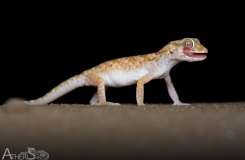
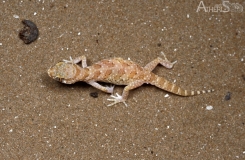
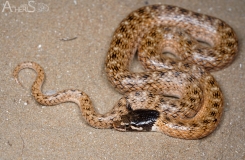

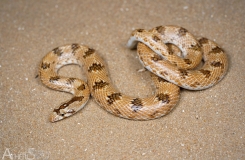
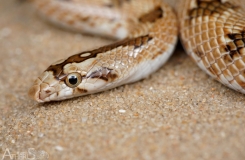
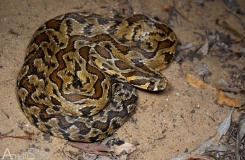
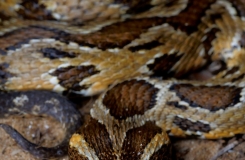
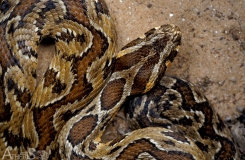
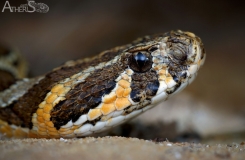


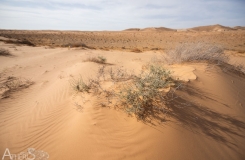
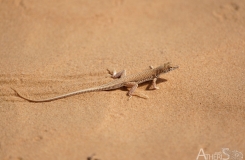
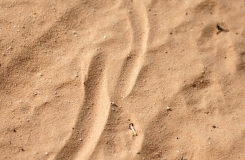
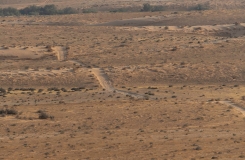
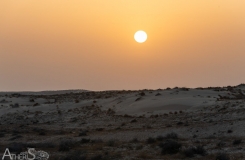
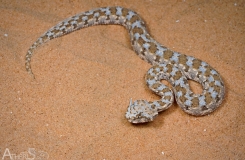
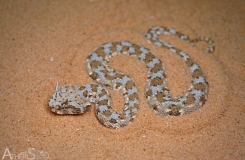
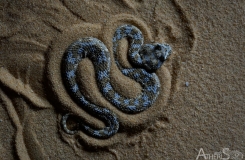
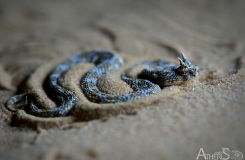
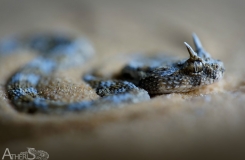
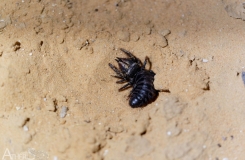
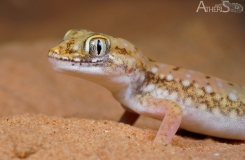
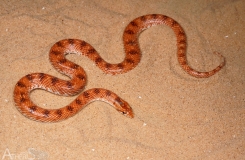

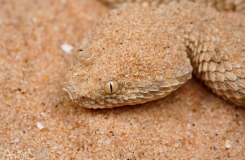


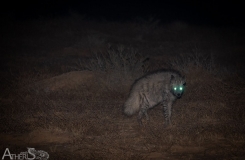
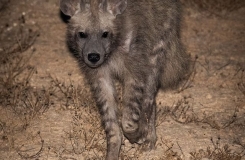
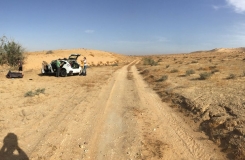
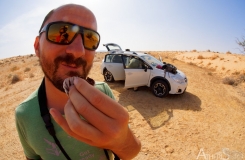
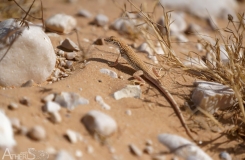

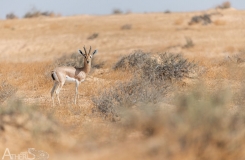
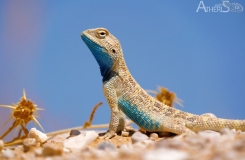
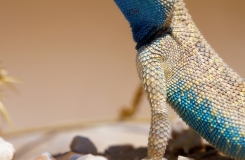
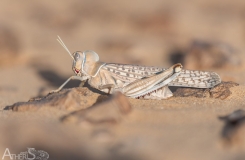
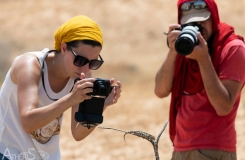
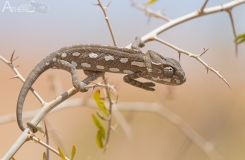
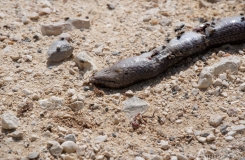
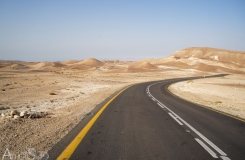
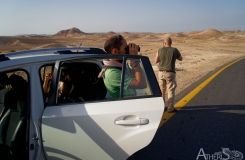
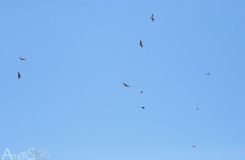
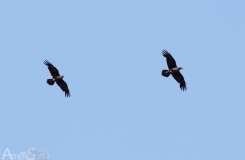
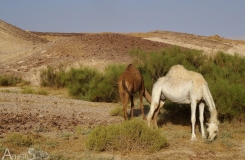
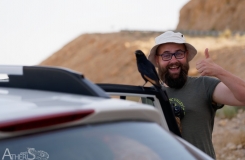

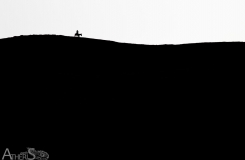
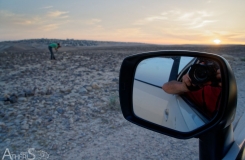
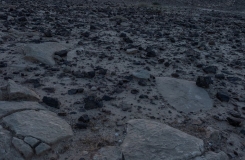

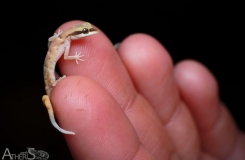

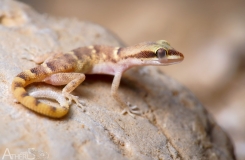
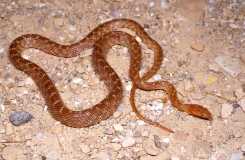
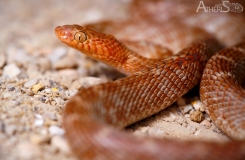
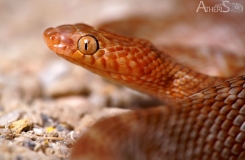
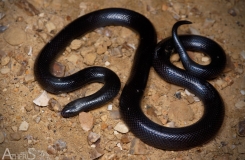

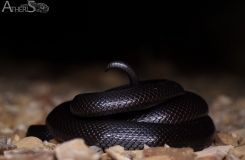
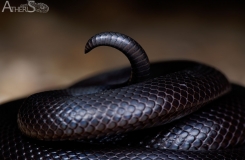

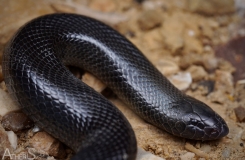
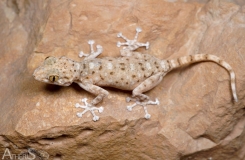


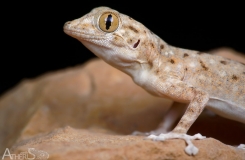

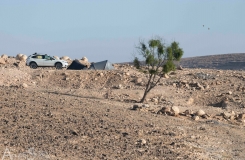
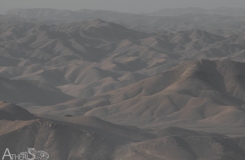
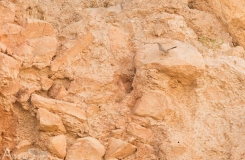
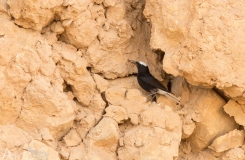
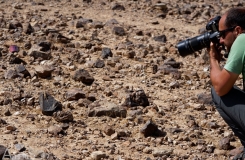

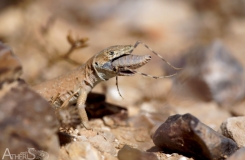
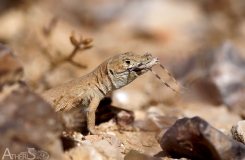


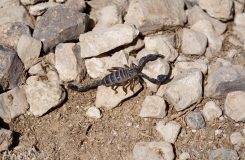

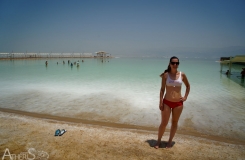
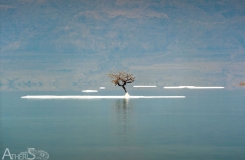


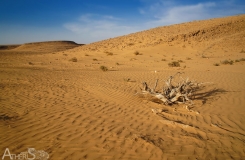

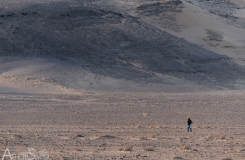
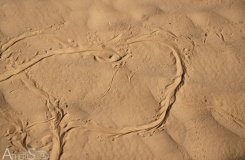
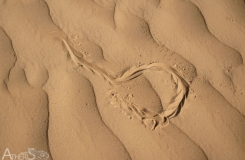
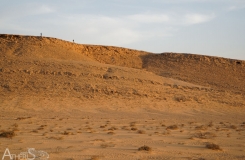
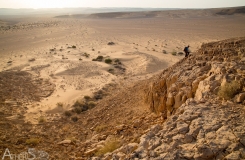
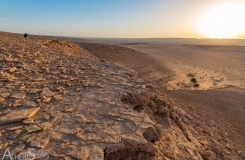
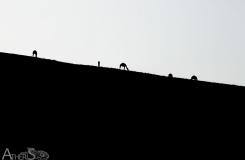

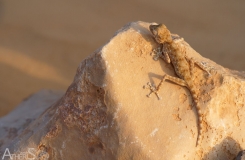
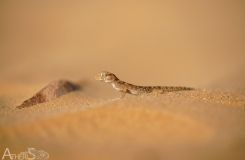
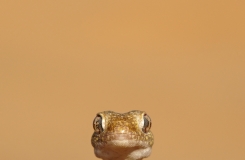
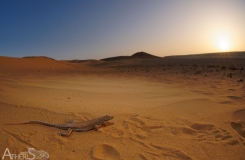
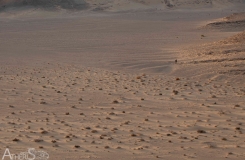





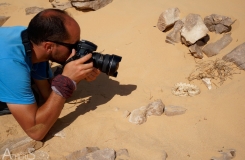

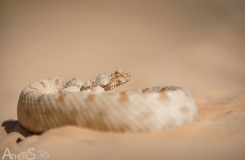
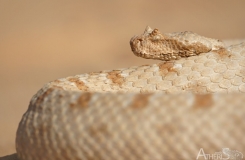
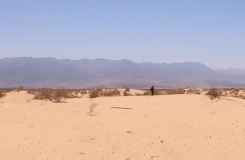

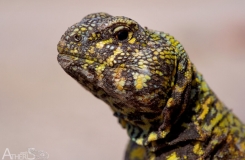
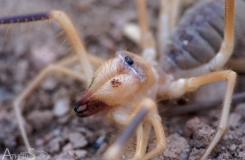
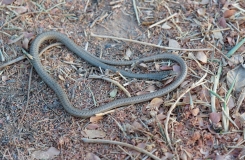



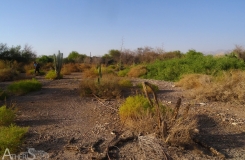
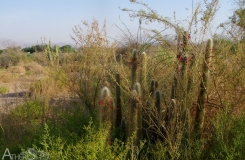

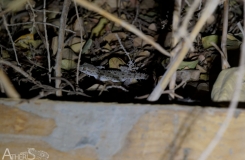
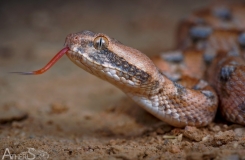
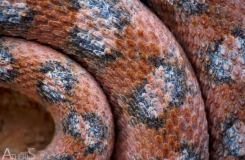



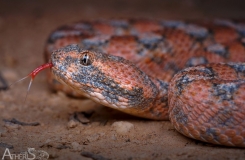
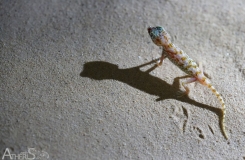
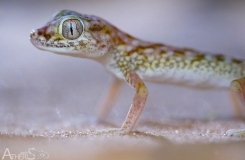

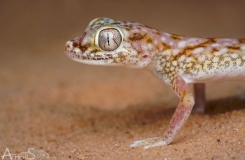
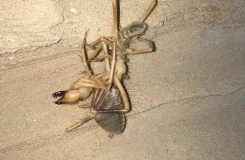
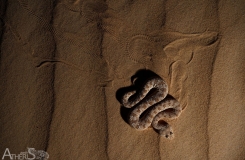
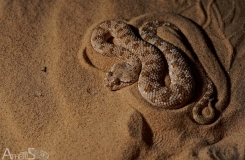
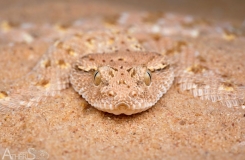
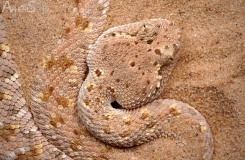
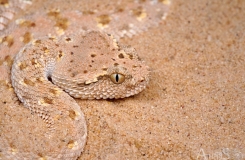
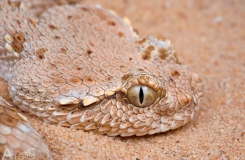
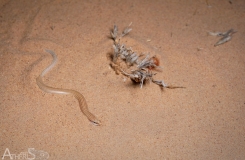
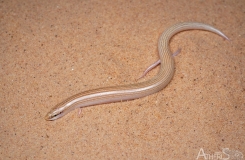
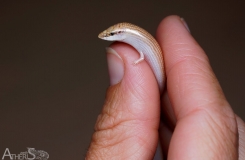

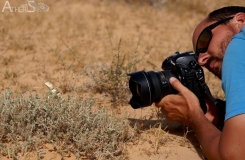
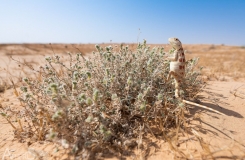
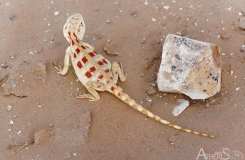
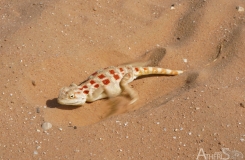

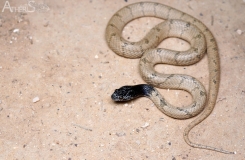
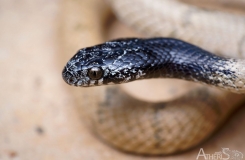
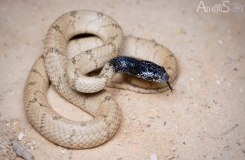
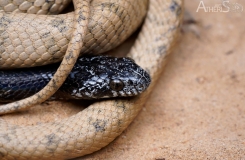
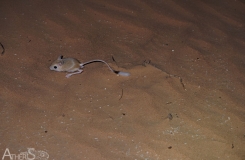


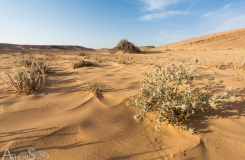
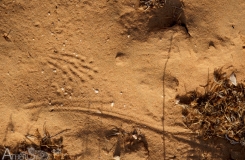
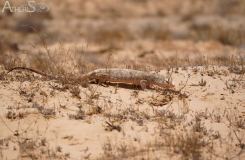
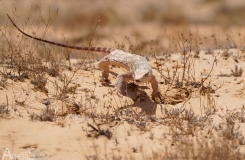
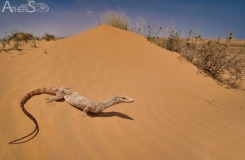

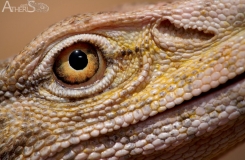

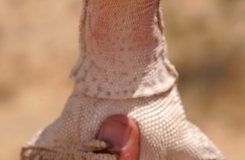
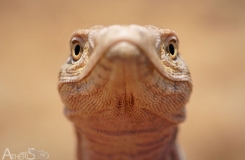
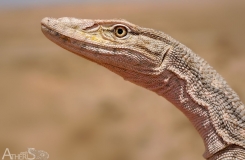
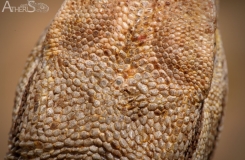
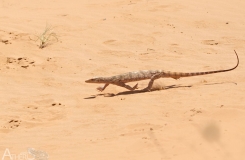
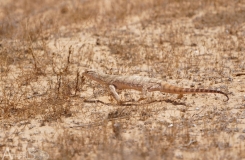
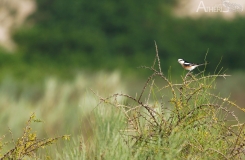
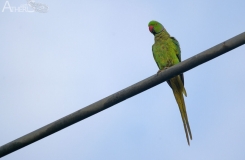
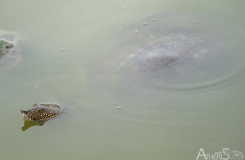
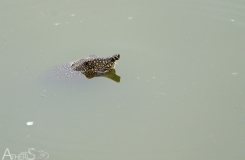


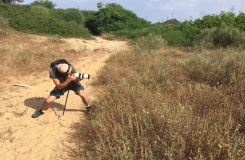
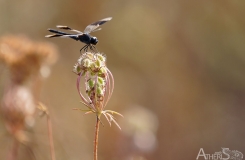

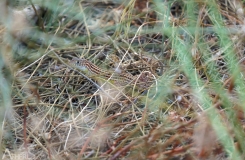
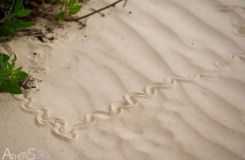

Has one comment to “Israel 2019: tent, herping, photo”
You can leave a reply or Trackback this post.
Dominique - 2019 June J at 15 h 36 min
Just superb. Echis coloratus … waooooow.
Dominique